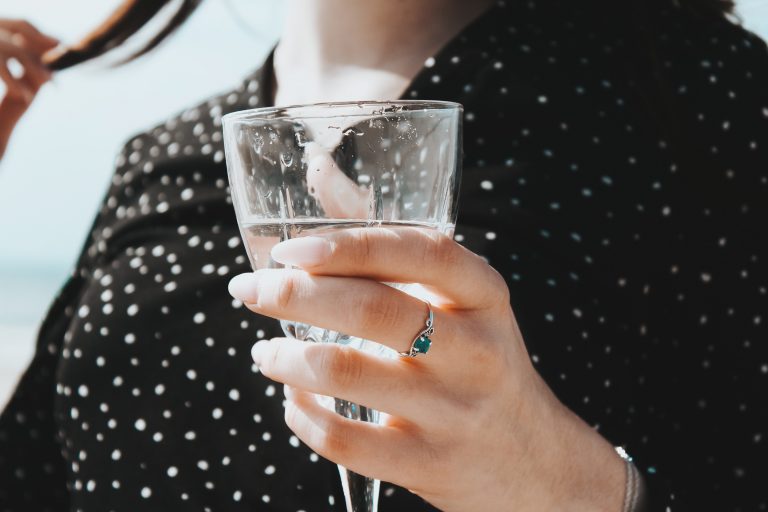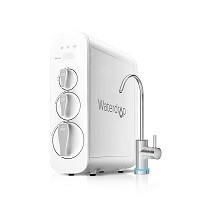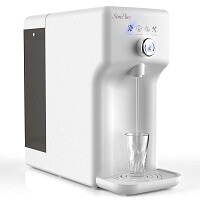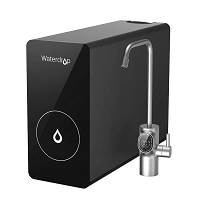Table of Contents [show]
The water filter pitcher is one of the most popular filtration options on
the market for its accessibility and convenience.
Many consumers purchase the water filter pitcher to reduce unpleasant flavors and odors, and wish to improve the
water quality.
Among all kinds of pitchers with different designs and filtration
performances, the ZeroWater filter pitchers stand out for
their ability to reduce the TDS (total dissolved solids) to
zero.
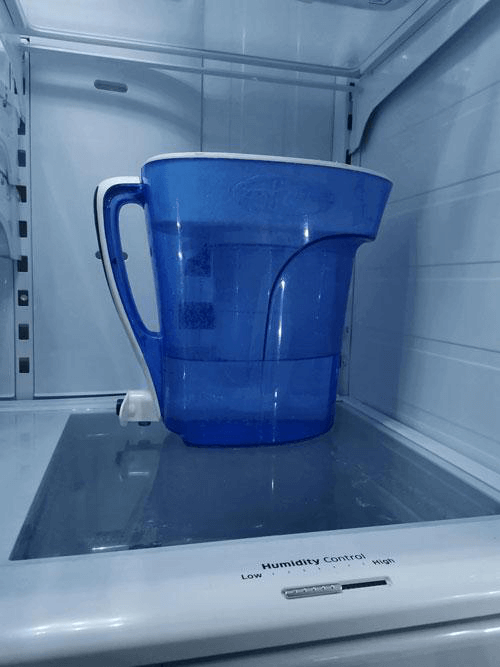
Yet, behind the successful marketing concept, the product receives numerous
complaints about its taste and replacement cost.
Before making the purchase, let's take a thorough look at the ZeroWater pitcher. We’ll ask how long does the
ZeroWater filter last, and why does the water
taste lemony?
The unpleasant taste within a very short time
Based on many reviews and product comparison reports, the water filtered by
ZeroWater tastes better than that of Brita and PUR water
filter pitchers. However, consumers complain that after about two weeks, the water developed a very unpleasant
taste. Some people described it as a sour and lemony
disgusting taste, some people described it as fishy.
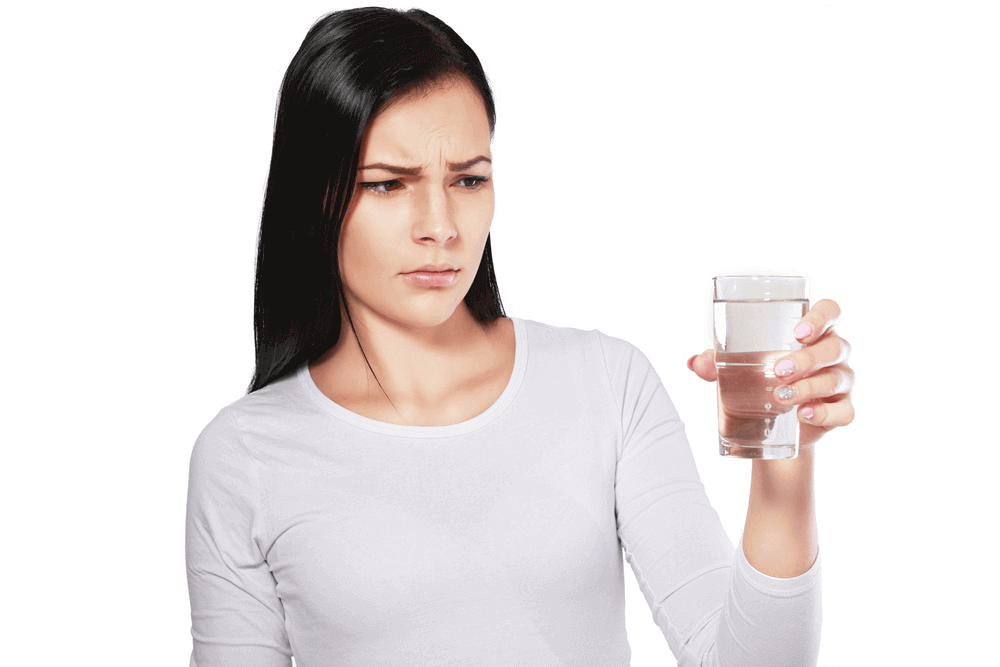
The reason for the sour chemical taste is not because of some flaws of the
product quality, but the urgency to replace the filter. Why? How
long does a ZeroWater filter last? The following section will explain the filtration process behind and answer
the question for you.
ZeroWater uses ion exchange to reduce the
TDS in water to zero. The ions carrying positive charges are called cations, while ions carrying
negative charges are called anions. The two types of ions in water are always equal in the number of charges.
Typical cations may include calcium ion, sodium ion, potassium ion,
magnesium ion, and typical anions may include sulfate ion, chloride ion, carbonate ion,
and so on. The ZeroWater filter contains an ion exchange layer that replaces the cations with hydrogen ion, and
replaces the anions with hydroxyl ion, which forms pure
water H2O eventually.
The filter will work perfectly to deliver you pure water until it runs out
either H+ or OH-. If the OH- is fully consumed first, then the anions remain
in the water after filtering, and the cations are still replaced by the hydrogen ion (acid ion), finally
resulting in acids, such as sulphuric acid, hydrochloric acid, and carbonic
acid. That's why the water tastes sour or acidic at the end.
The high replacement cost
You can solve the unpleasant taste problem simply by changing the filter.
Then the next problem shows up: the frequency of filter replacement. Like
we have discussed above, once the H+ or OH- inside a filter runs out, then it’s time to replace. So how long
does a ZeroWater filter last? Not very long. We’ll go into more
depth below.

Based on the true product reviews, if the source water TDS is around 100,
the ZeroWater filter can filter about 15-18 gallons of water before it turns sour.
If the source water has high TDS as 700, each ZeroWater cartridge could not filter more than 5 gallons of water.
So, how long does a ZeroWater filter last? The numbers are far below than
the advertised filter service life. A filter will last, on average less than two weeks.
Therefore, it could become excessively pricey having to change the filter
three times a month.
It would be economically preferable to switch to other filtration options.
What is TDS and how to reduce TDS in water?
Before we jump into the filtration option section, let’s learn some
information about the TDS.
TDS stands for total
dissolved solids, it refers to the total concentration of dissolved solids in water including both inorganic and
organic matters.
Some of the common components are calcium, magnesium, sodium, and potassium cations and carbonate, hydrogen
carbonate, chloride, sulfate, and nitrate anions.
There is no scientific evidence that suggests that high TDS will bring out
adverse health effects. Many countries do have drinking water standards in
regards to TDS, but only for aesthetic reasons with no health criteria. The US recommended maximum level is 500 mg/L as
well as the Canadian guideline. To learn more about the
recommended TDS level here.
TDS Level in parts per million(ppm)
Palatability Quotient
Less than 300
Excellent
Between 300 and 600
Good
Between 600 and 900
Fair
Between 900 and 1200
Poor
Greater than 1200
Unacceptable
Efficient and economical way to reduce the TDS in water
The common ways to reduce the TDS in water are distillation and reverse
osmosis
Distillation
Distillation offers clean water through
boiling and producing water vapor. When water vapor rises and reaches to a cool surface,
it will condense back to the liquid form. The dissolved salts and other particles will remain in the boiling
solution.
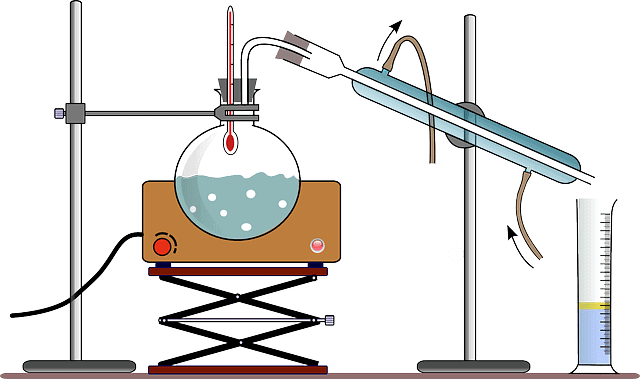
You can get zero TDS water from distillation without the concern to replace
any filters, however, the downsides are the energy cost and the slow output.
Reverse Osmosis
The benefits of Reverse
Osmosis filtration is obvious by comparison. The system uses a semi-permeable membrane which
the unclean water is “pressured through.”
The membrane contains pores of 0.0001 microns that are only big enough to
allow the passage of water molecules while blocking other foreign components
like pyrogens, bacteria, organics, and dissolved solids. The normal output of a RO system is around 200-600
gallons per day and you can access clean and safe water by just turning
on the faucet.
Therefore, from the efficiency, sustainability and cost perspectives, we
recommend using a reverse osmosis system to reduce the TDS in water.
Many people are concerned about the amount of waste water that the RO system generated during the filtration
process.
Our recommendations
Below are several types of RO systems from that we have picked for you.
Waterdrop G3 reverse osmosis water filtration system
As the star product of Waterdrop, the G3 reverse osmosis is taking the
market by storm with its revolutionary tankless design. The system looks nothing
like a traditional RO system. It is very thin and sleek. The tankless design saves much undersink space and
brings more room for storage.
In terms of filtration performance, the G3 system adopts the premium DOW RO
membrane with the TDS removal rate of 94% as well as other contaminants in water.
The system is designed for easy DIY installation and the filter replacement
only takes 3 seconds. If you’re looking for an efficient and certain way to get clean,
safe and healthy drinking water, Waterdrop G3 would be the ideal option.
SimPure Y6 Countertop Reverse Osmosis Water Filtration Purification System
Unlike traditional under sink reverse osmosis system, SimPure Y6 is designed
to be placed on countertop. This means you can enjoy pure RO water at anywhere
you want and you don’t have to drill a hole on your kitchen sink.
The plug-in design allows you to get purified water right away. One full set
of quick changing twist-and-seal filters come included it. You can get rid of
the troubles caused by complicated installation and filter replacement. Compared to traditional Under-Sink
Filtration, SimPure Y6 is free from water source and space constraints, you
can place and move SimPure water purifier to anywhere with power supply available, perfect for kitchen, bedroom,
office, lobby, Outdoor RV etc.
This system is able to convert your tap water or well water into pure and
healthy drinking water by removing 99.99% of the 1,000+ pollutants & harmful substance
including chemicals (PFOA/PFOS, Pharmaceuticals), heavy metals (Lead, Arsenicetc), chlorine, TDS (fluoride,
nitrates/nitrites) and etc.
Waterdrop D6 RO Reverse Osmosis Water Filtration System
Traditional RO water purifier is composed of several filters, and the
installation is quite complicated. Waterdrop D6 RO water filter system adopts
a 5-in-1 composite reverse osmosis filter with a DOW reverse osmosis membrane that has a pore size of 0.0001 um.
The D6 reverse osmosis water system employs a tankless design
and a composite reverse osmosis filter. Compared to traditional whole house reverse osmosis, the compact D6 RO
water filter system saves 70% of your under-sink space. Also,
a DIY installation can be completed within 30 minutes. The push-in replacement design allows you to replace the
filter in 3 seconds, without moving the system or using any tools.
Waterdrop D6 reverse osmosis water system is upgraded to have a flow rate of
600 GPD. With an innovative internal pump and a larger filter surface, you can fill
a cup of water in 8 seconds. A low drain ratio of 1.5:1 means that dispensing 1.5 cups of pure water produces
only 1 cup of wastewater, saving 450% of water compared to a conventional water
filtration system for home.

